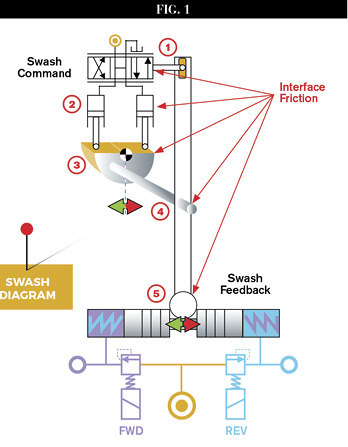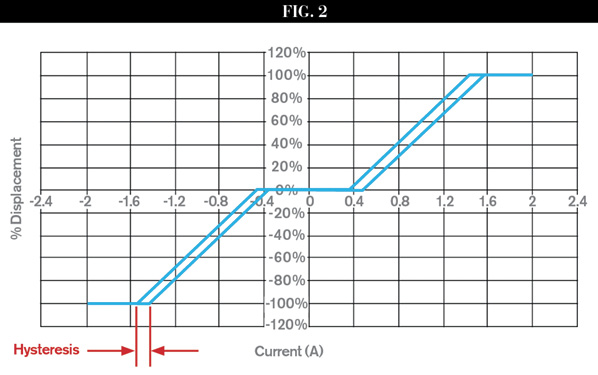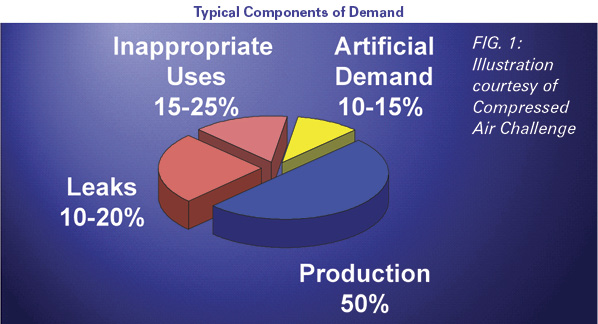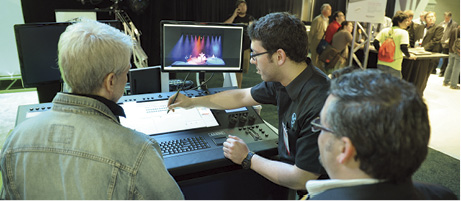Demystifying Hysteresis With Solenoid Control

A common shortcoming in applying fluid power products to industrial and mobile equipment today is hysteresis, a problem often unreported due to the lack of cost-effective options to address this issue. In simple terms, hysteresis refers to a variance of the output flow from the input command, which on some levels impacts all hydraulic products. End users of fluid power equipment have come to accept accuracy of hydraulics controls with an understanding that repeatability will be subject to the hysteresis that exists from the input command to the output movement of the machine.
With the industry’s growing desire to achieve enhanced precision and repeatability, a better understanding of hysteresis and how it affects fluid power devices can provide some background and justification on how a new methodology could make a positive difference. Improved accuracy and predictable output can provide benefits in workflow management for end-users across various applications—including materials handling and construction, forestry, underground mining, dual-path propel, non-propel, and many others.
What Causes Hysteresis?
 Hysteresis is an error based on past input, a variation caused by friction and drag of various interfaces in the control loop. For hydraulic products, these interfaces are found in the servo valve, control piston, swash plate and rotating group, mechanical feedback line, and the swash feedback line. All hydraulic piston pumps have these key features, and Eaton engineers have confirmed through testing of several similar displacement-closed circuit pumps with electro-proportional controls that hysteresis is common and changes with varying operating conditions (Fig. 1).
Hysteresis is an error based on past input, a variation caused by friction and drag of various interfaces in the control loop. For hydraulic products, these interfaces are found in the servo valve, control piston, swash plate and rotating group, mechanical feedback line, and the swash feedback line. All hydraulic piston pumps have these key features, and Eaton engineers have confirmed through testing of several similar displacement-closed circuit pumps with electro-proportional controls that hysteresis is common and changes with varying operating conditions (Fig. 1).
Hysteresis is measured as a percentage of error against the pump’s peak flow. For most hydraulic pump controls on the market today, the level of hysteresis can range from 4 to 11%, with 5% being a typical level found in most pumps today. To be clear about what this means, 5% hysteresis in a pump means that a 100cc pump commanded to half displacement could produce 50cc, or it could be at 55cc depending on the previous commanded position. This variance can alter the output flow, and input command would need to compensate to achieve the desired flow (Fig. 2).
The Bottom Line for Users
Hysteresis is perceived as a relative nuisance to many operators, but the impact can be quite costly in terms of time and production efficiency. With variance constantly in play, operators must repeatedly adjust the input control position to achieve consistent machine behavior. The operator is part of the feedback loop and must slow down to understand how fast the machine is moving because hysteresis will cause the machine speed to vary in a propel circuit.

The Solenoid Control Solution
Though hysteresis is a commonly accepted annoyance, there are control solutions that can help to address this issue. Solenoid control offers a predictable output flow that adjusts pump displacement independent of hysteresis. This control utilizes an algorithm in a controller that takes the input command and compares it against the current displacement of the pump provided by the swash feedback sensor. The controller provides current to the solenoid valves to minimize the difference between the input command (desired position) and the existing position provided by the swash feedback sensor. Since the feedback sensor reads the swashplate position directly—bypassing the sources of mechanical friction and backlash—and the controller can dynamically adjust the current to the solenoid valves as operating conditions change, the overall control system provides an accurate and repeatable output flow from the pump. Any remaining error is primarily due to the small amount of error in the swash sensor, which is typically less than 1%.
There are other benefits to the solenoid control that comes as a result of reducing hysteresis. Since the pump responds more predictably, and greater accuracy exists around the current required to start the pump in stroke, the neutral band can be reduced. This provides a greater degree of resolution through the displacement range of the pump. More current range is also being used to stroke the pump versus an allowance needed in the neutral band to account for hysteresis.
In addition, the solenoid control can be customized to behave differently at low or high displacement. This could boost efforts to provide more resolution at low speed, or it could mean having different driving modes for the vehicle that change behavior based upon different functions that a vehicle performs or machine behavior preferences by the operator. Controllers can carry these modes and switch upon command to provide this type of flexibility.
Solenoid control is easy to apply with helpful tools available in the form of software function blocks for the controller, offering graphical and text functionality. Propel and anti-stall function blocks have been developed for ground drive applications, but many others exist on a broad spectrum of applications.
The solenoid control is also affordable. The electro-hydraulic pump carries a similar price to its electro-proportional equivalent. The controller is an addition, but often, an on-board controller is already available on the machine that can be leveraged to control the pump. Given the benefits of accuracy and flexibility mentioned, this control has been a more common choice with end users.
Helping tackle the once-mystifying matter of hysteresis, the solenoid control is good news for users looking to complete jobs in less time and with more precision and efficiency.








I found it really cool when you talked about how a solenoid control can be customized to behave differently depending on the temperature displacement. I’m trying to learn more about how certain appliances in my home work and am still learning what a solenoid is and does. Thank you for all the great information, especially about how the displacement could boost effects to provide more resolution at a low speed.